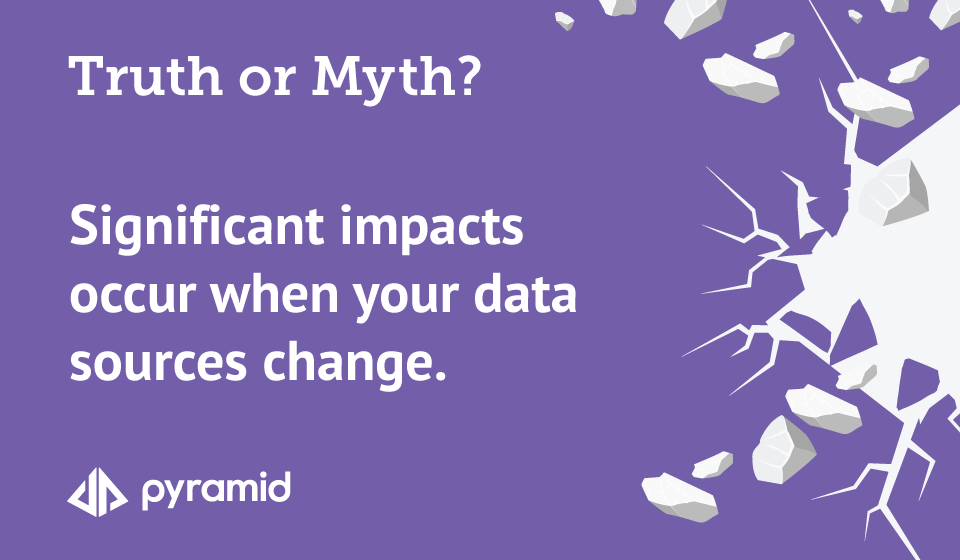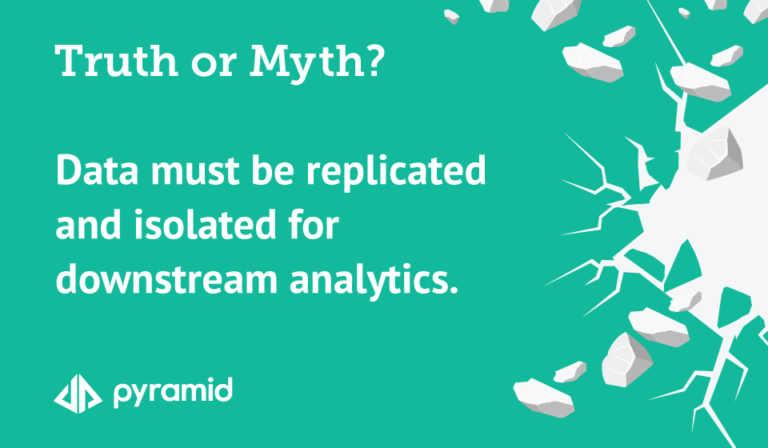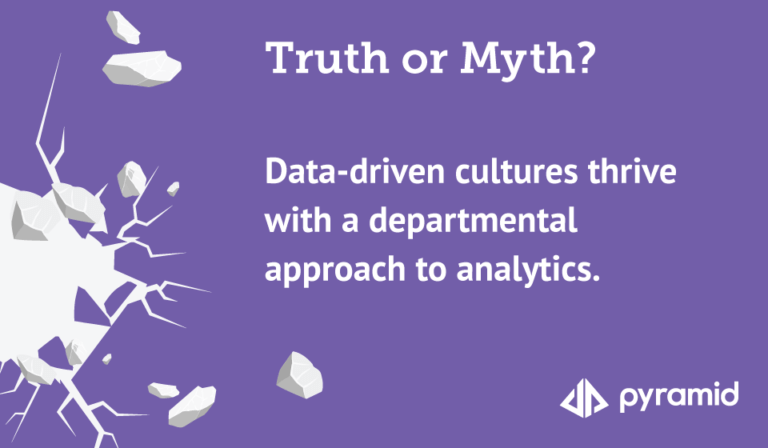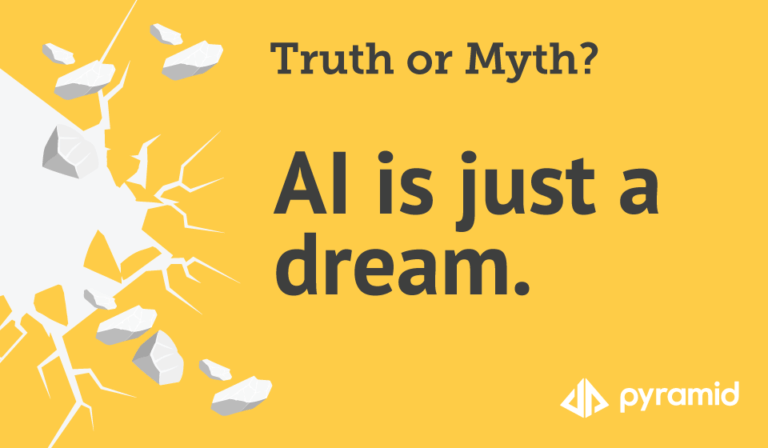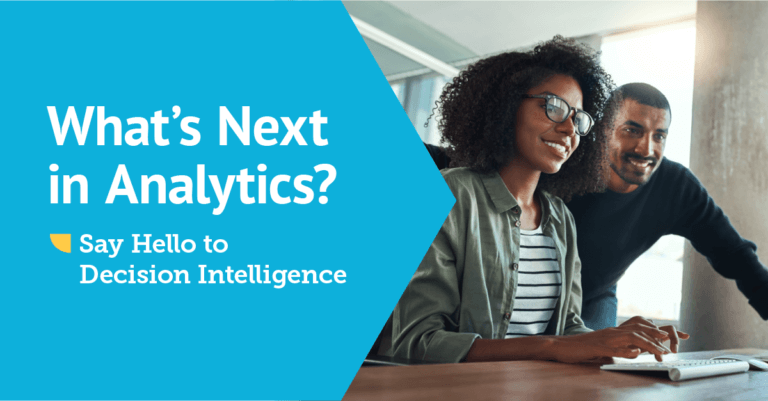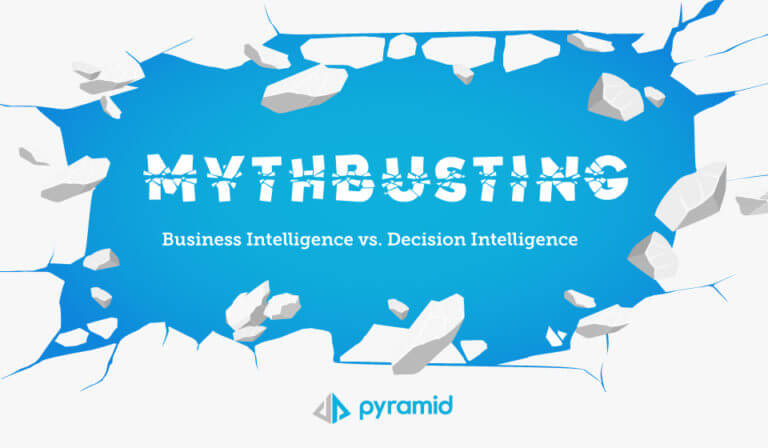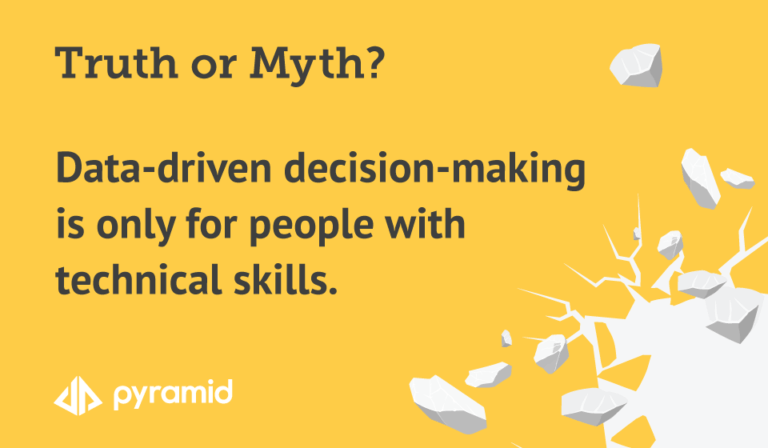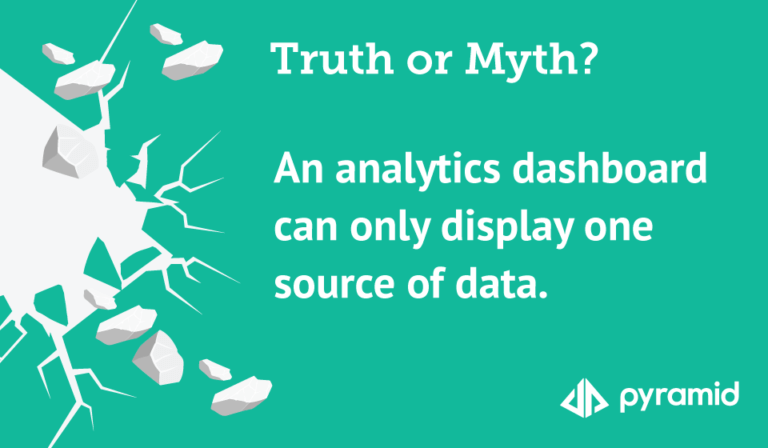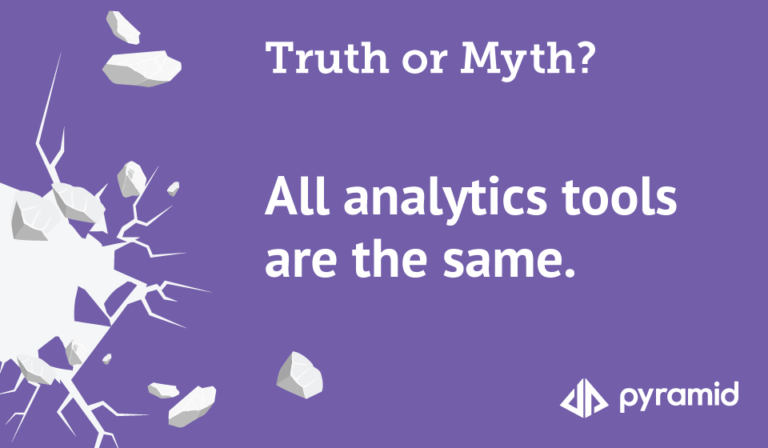Truth or myth? When data sources change, analytics and reporting are the first to break.
Ok, that’s true. If you’re using a typical BI tool.
Today we continue our Mythbusting series, where we look at widely-held beliefs about business intelligence and analytics that are outdated and negatively impacting organizational performance. The reality is that data strategies are in a constant state of flux. When organizations migrate data from an on-premises database to the cloud (AWS Redshift, Azure, GCP, Snowflake, etc.) to save on infrastructure costs, or when a vendor updates an application that changes a backend data structure, the downstream analytics models, visualizations, and dashboards are often the first to break.
When such data source changes occur, typical BI tools require a significant investment in time and resources to rebuild all the views manually. This is because most traditional BI and analytics tools were never designed for flexibility. They were designed for individuals or departments, not organization-wide needs. So when significant changes come, the impact on analytics and reporting is time-consuming and expensive.
“The first generation of BI tools was designed around the needs of corporate data warehouses, and they remain a vital part of the business intelligence landscape,” Forbes reported in March 2021. “But with the growth of unstructured data in multiple different sources . . . a human being can simply no longer grasp the amount of data that organizations manage.”
We need a solution. And we have one.
The right platform will provide a semantic layer to separate the data from the analytics and reporting.
When it comes to your data and analytics, change shouldn’t be hard. A decision intelligence platform designed with enterprise-wide needs—and inevitable changes—in mind can offer the answer. The right platform will separate data from analytics via a virtual semantic layer so you can insulate your organization from broad changes to the data strategy.
You can minimize the downstream impacts on business reporting using functionality purpose-built to accommodate and manage change—and your organization can be free to pursue a holistic data strategy that focuses on the needs of everyone.
Our new guide, Mythbusting Business Intelligence vs. Decision Intelligence, shows you what’s next in analytics. By moving past limiting beliefs, you’ll see how to take your analytics to the next level and get on a faster path to growing revenue, boosting productivity, saving time and money, identifying new revenue streams, and reducing complexity and risk. Get instant access to the Mythbusting guide here (no registration required).




